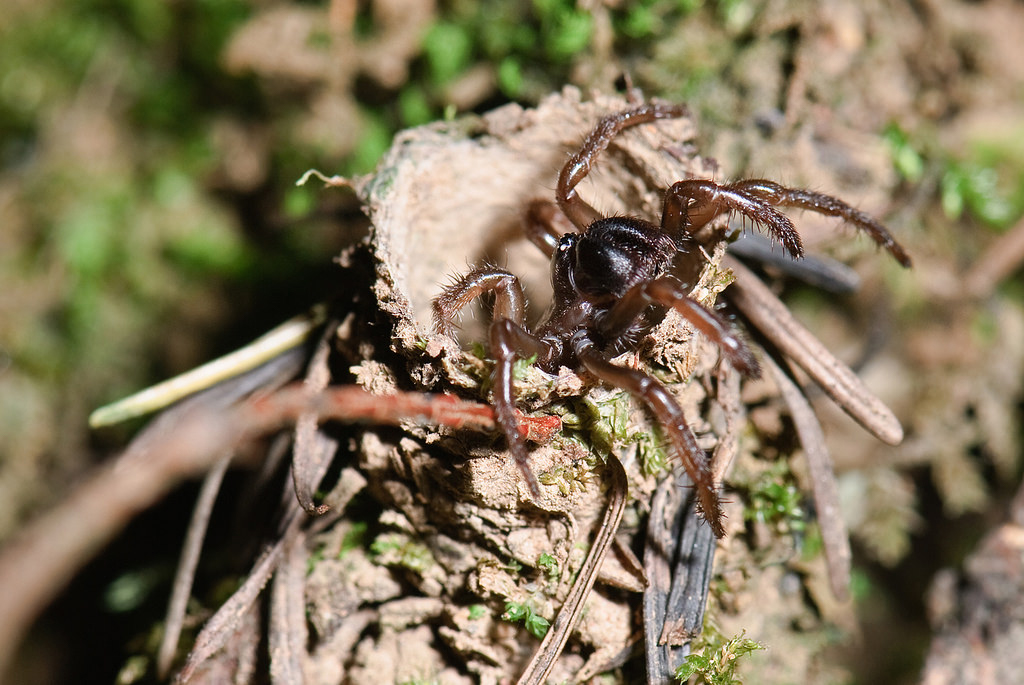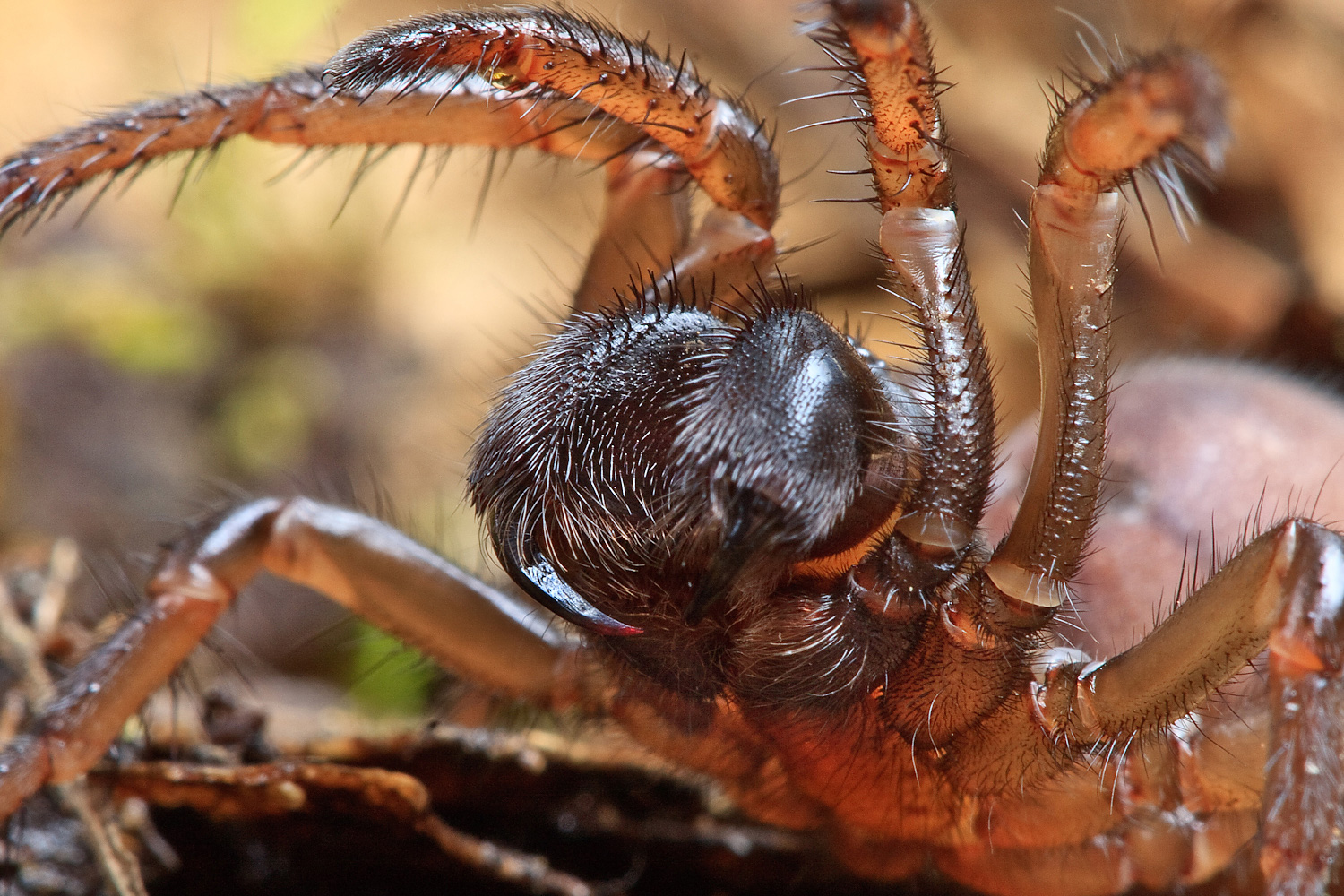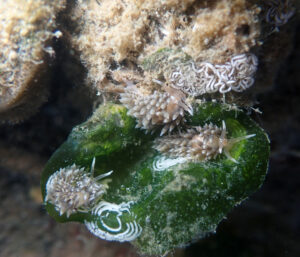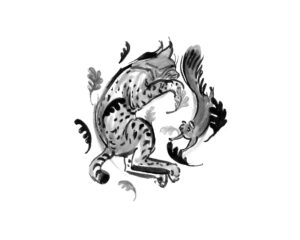We’ve all heard that California is an ecological hot spot, with some of the highest rates of biological diversity and endemic species in North America. A lot of that has to do with the state’s complex geological history, written in steep hills, fault valleys, and other dramatic landscape features all around us. Surprisingly, researchers are finding that this history is also written in the genetic codes of some animals, including a common local spider called the California turret spider.
Turret spiders are part of an ancient lineage of arachnids called mygalomorphs, which swing their fangs down like pickaxes rather than pinching them in from the sides like most modern spiders. Tarantulas and trapdoor spiders are also part of this group, and California turns out to be one of the world’s epicenters for mygalomorph diversity.
It takes a trained eye to spot turret spiders because they’re only three quarters of an inch long and they hide in the ground. But once you learn to spot their burrows you might notice they are astonishingly abundant. Although they live in the ground, each spider makes its own “turret,” a silken tube held erect by soil and plant materials, that rises up to an inch above its underground burrow.
Turret spiders are found only in California, and only in moist woodlands, and nearly always on north-facing slopes. Look for them on hillsides along trails, on stream banks, or along road cuts, where their burrows (turrets) can be so dense that 15 might be found in an area the size of this page.
Leonard Vincent, a professor at Fullerton College who studied a population of turret spiders for two years, notes that an insect falling on the ground amid these burrows would find itself “in a minefield” because the spiders lurk just inside the entrances of their burrows, rushing out with incredible speed and venomous fangs when they feel the vibrations of approaching prey. But competition for food probably means that many spiders go months without a meal.
Vincent discovered that turret spiders end up in such dense congregations because they are highly susceptible to dehydration, so young spiderlings build burrows immediately around their mother’s burrow. The alternative is roaming in search of new homes and likely dying if they’re forced to cross an opening in the forest. Once settled in their new burrows, females are thought to live 16 years, and they never wander nor even leave their burrows. Males only leave their burrows once, in August or September of their eight or ninth year, when each one makes a heroic effort to find a female and mate before he dies.

It is turret spiders’ reluctance to wander that has caught the attention of Marshal Hedin, an associate professor at San Diego State University, and Jim Starrett, now at UC Riverside. “These spiders are like rocks that don’t move,” Hedin says, and because they split off from their closest relatives 80 to 100 million years ago, the distribution of their extremely sedentary subpopulations have become like a fine-tuned map of California’s paleohistory.
Analysis of hundreds of genetic samples reveals that instead of a single species, there are at least eight species of California turret spiders, and even these eight species can be further divided into distinct subpopulations separated by obstacles in their environment.
What is most intriguing is the way that these populations reflect prehistoric events no longer apparent in the modern-day landscape. For example, the turret spiders in Monterey match those found around Chico, and it is thought that they rafted downstream on an ancient paleo-river that emptied to the ocean near Monterey. And a Pleistocene embayment that once cut across the San Francisco Peninsula through the Colma Gap on the south side of San Bruno Mountain at Colma is now vividly mirrored in a sharp genetic separation in turret spider populations to the north and south of the gap, even though there is no visible reason for the split now.
The work in Hedin’s lab is ongoing and much remains to be learned, but if one easily overlooked spider can reveal so many hidden secrets about California’s ancient past, just imagine what else is waiting to be discovered.





